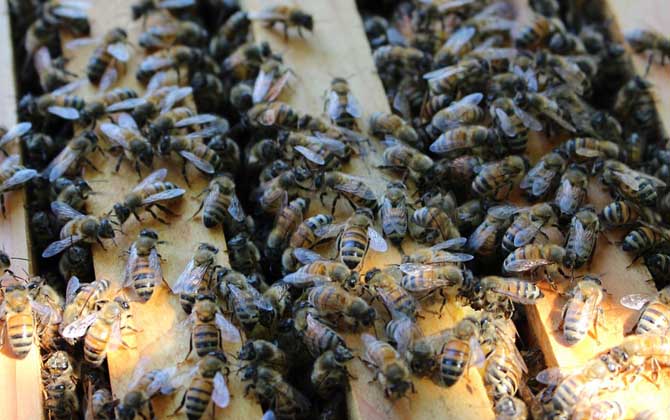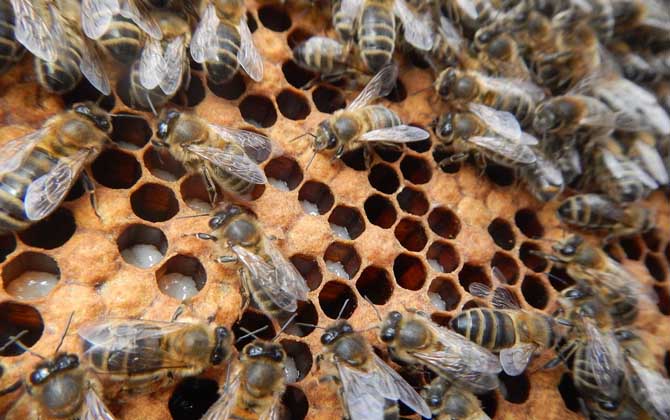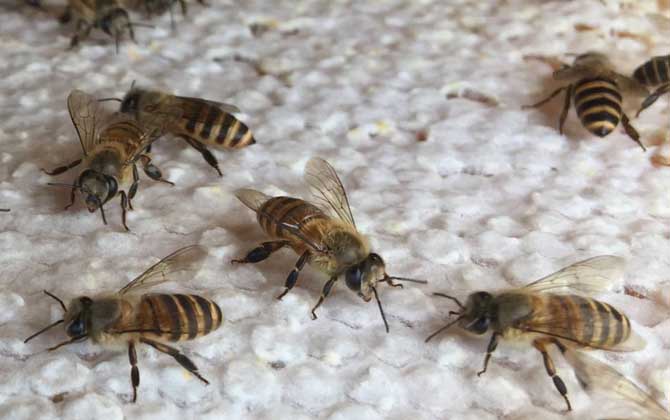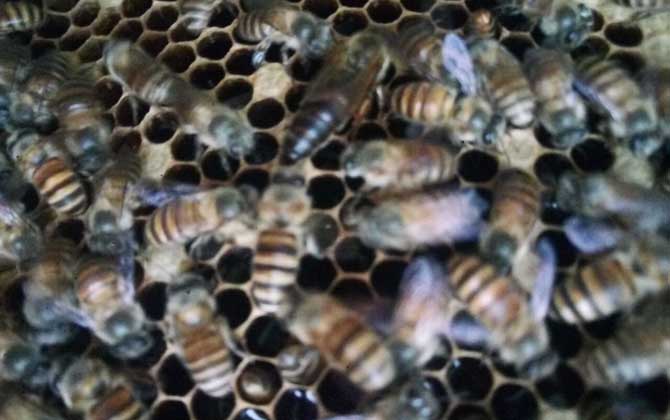Effective Strategies for Varroa Mite Control in Beekeeping
Varroa mites (Varroa destructor) are destructive external parasites of honey bees that pose significant threats to colony health. Mild infestations can reduce brood production and weaken worker bees, while severe cases often lead to complete colony collapse. As beekeepers continue to struggle with mite management, here we explore the most effective integrated pest management approaches.

1. Selective Breeding for Resistant Bee Species
Different bee species exhibit varying resistance levels to varroa mites:
- Italian Honey Bees (Apis mellifera ligustica): Naturally vulnerable but can develop improved resistance through selective breeding programs (e.g., Eastern No.1, Beijing No.1 strains)
- Chinese Honey Bees (Apis cerana): Native Asian species demonstrating strong natural resistance through grooming behavior and shorter brood cycles
Modern solutions include developing varroa-sensitive hygiene (VSH) traits in commercial strains through controlled mating programs.

2. Maintaining Strong Colonies
Robust colonies demonstrate better mite resistance through:
- Enhanced worker-to-brood ratio for effective brood care
- Superior hygienic behavior for mite detection and removal
- Optimal population density limiting mite reproduction
Seasonal management tips:
– Boost colony strength before spring nectar flow
– Monitor winter cluster size in temperate regions

3. Utilizing Natural Broodless Periods
Strategic timing using bees’ biological cycles:
| Period | Characteristics | Treatment Advantage |
|---|---|---|
| Early Spring (pre-queen laying) | No capped brood cells | Mites exposed on adult bees |
| Late Fall (winter preparation) | Brood production ceases | 90%+ mites phoretic on workers |
Recommended treatments during these periods: Oxalic acid dribble or vaporization

4. Artificial Brood Interruption
A 21-day queen confinement protocol:
- Isolate queen using queen excluder cage
- Remove all existing brood frames
- Apply miticides targeting phoretic mites
- Release queen after 3 weeks
Note: Requires supplemental feeding during broodless period

5. Integrated Chemical Control
Treatment Types
- Contact Miticides: Apistan®, CheckMite+®
- Fumigants: Formic acid pads
- Natural Compounds: Thymol-based products
Best Practices
- Rotate treatment classes annually
- Follow regional resistance maps
- Combine with mechanical methods
Conclusion
A successful varroa management program requires:
- Genetic selection of resistant stock
- Colony strength optimization
- Strategic timing of interventions
- Responsible chemical rotation
Regular monitoring using alcohol wash or sticky board methods remains essential for early detection and treatment success.